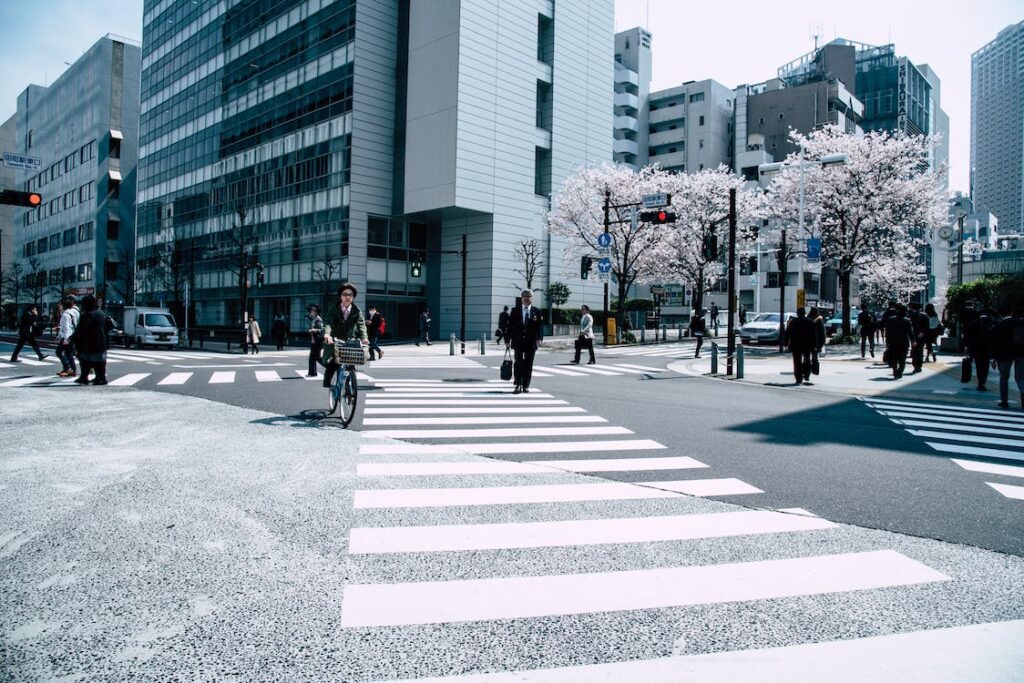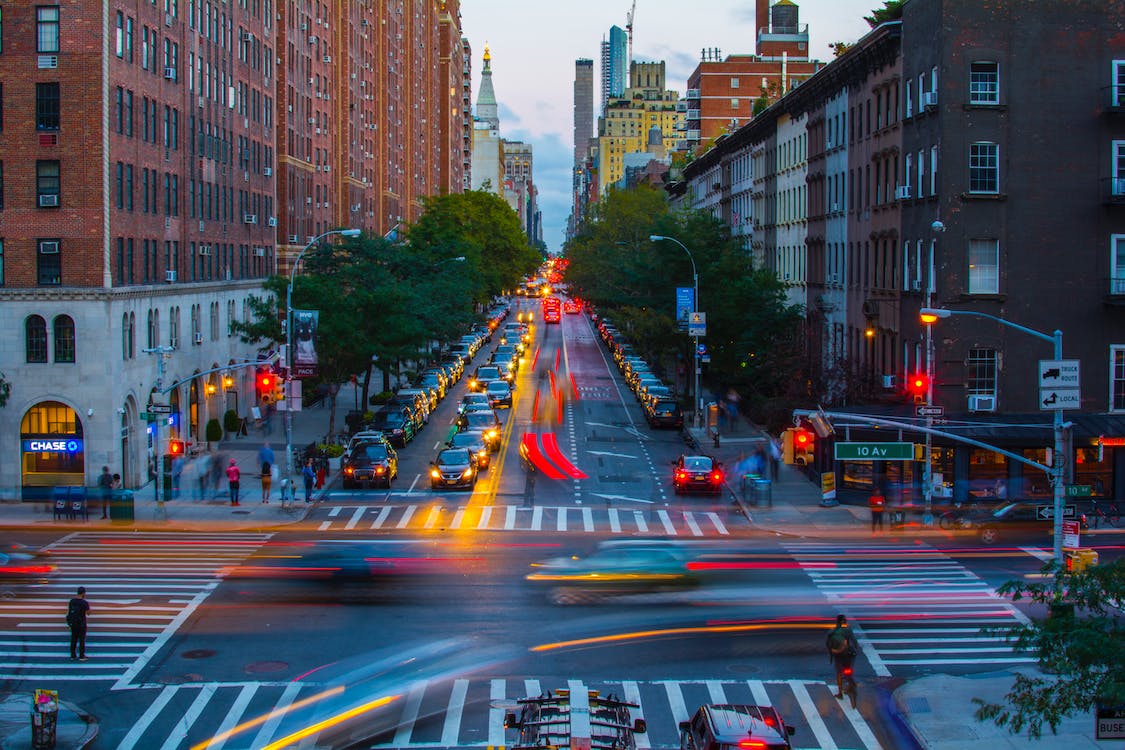Car accidents can be devastating, especially when they occur at intersections. Intersections are one of the most dangerous areas on the road, where multiple vehicles converge and traffic signals are present. When two vehicles collide at an intersection, the question of liability often arises. Determining who is at fault in an intersection accident can be a complex and challenging process. In this blog, we will discuss the steps you can take to prove liability against another driver in an intersection accident.
- Seek Medical Attention
The first and most crucial step after an intersection accident is to seek medical attention. Even if you do not feel injured, it is vital to get checked out by a medical professional. Adrenaline can mask pain and injuries, and some injuries, such as internal bleeding or concussions, may not become apparent for hours or even days after the accident. Medical records can also be essential evidence in proving liability against the other driver.
- Call the Police
If there are injuries or significant property damage, call the police immediately. A police report can be valuable evidence in determining fault. When the police arrive, provide them with your statement and any other information you have about the accident. Be sure to obtain a copy of the police report, as it can provide valuable information about the accident, such as the location, date, and time, as well as any witness statements.
Collect as much evidence as possible at the scene of the accident. Take photographs of the accident scene, including any damage to your vehicle and the other vehicle. If there are any witnesses to the accident, obtain their contact information and ask them to provide a statement to the police. If you have a dashcam, provide the footage to the police, as it can be valuable evidence.
- Determine Fault
Determining who is at fault in an intersection accident can be complicated, as there are several factors to consider. Fault can be assigned to one or both drivers, depending on the circumstances of the accident. Some common causes of intersection accidents include:
- Running a red light or stop sign
- Failure to yield
- Distracted driving
- Speeding
- Driving under the influence of drugs or alcohol
- Failing to signal when turning
- Consult with an Attorney
If you have been involved in an intersection accident, it is essential to consult with an experienced personal injury attorney. An attorney can help you navigate the legal process and ensure that your rights are protected. They can also help you gather evidence, determine fault, and negotiate with insurance companies.

In conclusion, proving liability against another driver in an intersection accident can be a challenging and complex process. It is essential to seek medical attention, call the police, collect evidence, determine fault, and consult with an attorney. By following these steps, you can increase your chances of proving liability and obtaining the compensation you deserve. Remember to always prioritize your safety and seek help when needed.
